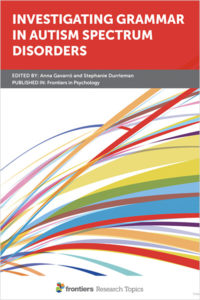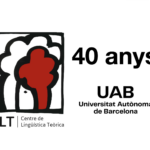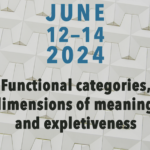16 setembre, 2019
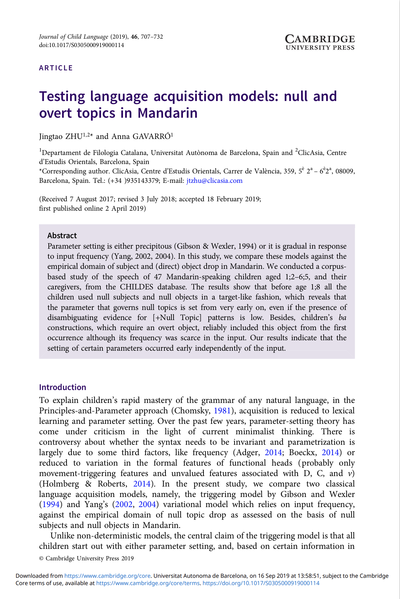
Autors:
Jingtao Zhu i Anna Gavarró
Títol:
Testing language acquisition models: null and overt topics in MandarinEditorial: Journal of Child Language, vol.46(4). Cambridge University Press
Data de publicació: Juliol 2019
Més informacióParameter setting is either precipitous (Gibson & Wexler, 1994) or it is gradual in response to input frequency (Yang, 2002, 2004). In this study, we compare these models against the empirical domain of subject and (direct) object drop in Mandarin. We conducted a corpus-based study of the speech of 47 Mandarin-speaking children aged 1;2–6;5, and their caregivers, from the CHILDES database. The results show that before age 1;8 all the children used null subjects and null objects in a target-like fashion, which reveals that the parameter that governs null topics is set from very early on, even if the presence of disambiguating evidence for [+Null Topic] patterns is low. Besides, children's ba constructions, which require an overt object, reliably included this object from the first occurrence although its frequency was scarce in the input. Our results indicate that the setting of certain parameters occurred early independently of the input.
8 juliol, 2019
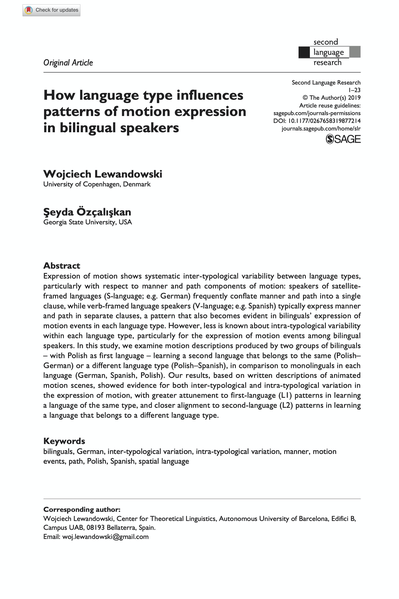
Autors:
Wojciech Lewandowski & Şeyda Özçalışkan
Títol:
How language type influences patterns of motion expression in bilingual speakersEditorial: Second Language Research
Data de publicació: 7 d'octubre de 2019
Més informacióExpression of motion shows systematic inter-typological variability between language types, particularly with respect to manner and path components of motion: speakers of satellite-framed languages (S-language; e.g. German) frequently conflate manner and path into a single clause, while verb-framed language speakers (V-language; e.g. Spanish) typically express manner and path in separate clauses, a pattern that also becomes evident in bilinguals’ expression of motion events in each language type. However, less is known about intra-typological variability within each language type, particularly for the expression of motion events among bilingual speakers. In this study, we examine motion descriptions produced by two groups of bilinguals – with Polish as first language – learning a second language that belongs to the same (Polish–German) or a different language type (Polish–Spanish), in comparison to monolinguals in each language (German, Spanish, Polish). Our results, based on written descriptions of animated motion scenes, showed evidence for both inter-typological and intra-typological variation in the expression of motion, with greater attunement to first-language (L1) patterns in learning a language of the same type, and closer alignment to second-language (L2) patterns in learning a language that belongs to a different language type.
2 desembre, 2019
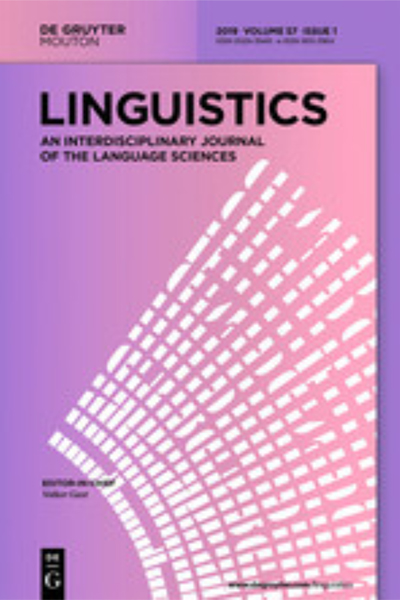
Autors:
Andreas Trotzke & Eva Wittenberg
Títol:
Long-standing issues in adjective order and corpus evidence for a multifactorial approachEditorial: Linguistics 57(2), 273-282
Data de publicació: 2 desembre 2019
Més informació
Text completIn this paper, we introduce the issue of adjective order and show that different approaches vary in their answers to the question of how fine-grained the semantic categories determining adjective order are. We report on a corpus study that we conducted and that illustrates that a clear answer to the question of what general factors exactly determine adjective order is elusive, given the multifactorial nature of the problem. We then present the individual contributions to this special issue, and how they attempt to add new observations from Germanic languages to the general issues revolving around the topic of adjective order.
3 febrer, 2018
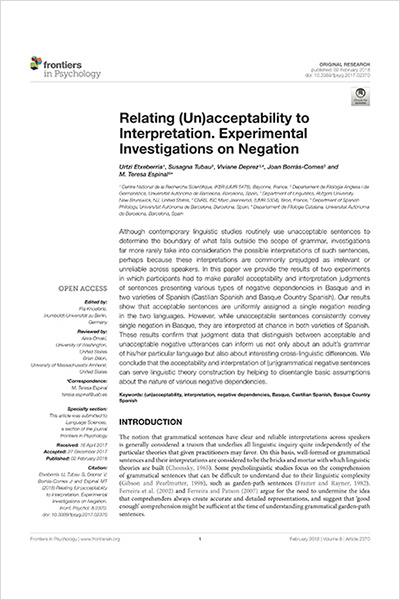
Autors:
Urtzi Etxeberria, Susagna Tubau, Viviane Deprez, Joan Borràs-Comes and M. Teresa Espinal
Títol:
Relating (Un)acceptability to InterpretationEditorial: Frontiers in Psychology
Col·lecció: Frontiers in Psychology #8Data de publicació: 2018
Més informació
Text completAlthough contemporary linguistic studies routinely use unacceptable sentences to determine the boundary of what falls outside the scope of grammar, investigations far more rarely take into consideration the possible interpretations of such sentences, perhaps because these interpretations are commonly prejudged as irrelevant or unreliable across speakers. In this paper we provide the results of two experiments in which participants had to make parallel acceptability and interpretation judgments of sentences presenting various types of negative dependencies in Basque and in two varieties of Spanish (Castilian Spanish and Basque Country Spanish). Our results show that acceptable sentences are uniformly assigned a single negation reading in the two languages. However, while unacceptable sentences consistently convey single negation in Basque, they are interpreted at chance in both varieties of Spanish. These results confirm that judgment data that distinguish between acceptable and unacceptable negative utterances can inform us not only about an adult’s grammar of his/her particular language but also about interesting cross-linguistic differences. We conclude that the acceptability and interpretation of (un)grammatical negative sentences can serve linguistic theory construction by helping to disentangle basic assumptions about the nature of various negative dependencies.
Títols de la col·lecció / Also in this series:
17 desembre, 2019
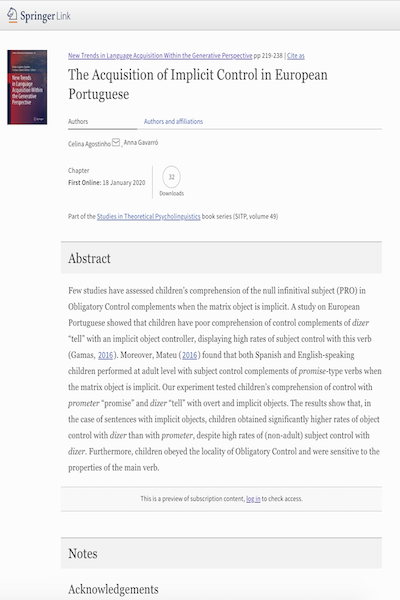
Autors:
Celina Agostinho & Anna Gavarró
Títol:
New Trends in Language Acquisition Within the Generative PerspectiveEditorial: Springer
Data de publicació: 18 de gener del 2020
Més informacióFew studies have assessed children’s comprehension of the null infinitival subject (PRO) in Obligatory Control complements when the matrix object is implicit. A study on European Portuguese showed that children have poor comprehension of control complements of dizer “tell” with an implicit object controller, displaying high rates of subject control with this verb (Gamas, 2016). Moreover, Mateu (2016) found that both Spanish and English-speaking children performed at adult level with subject control complements of promise-type verbs when the matrix object is implicit. Our experiment tested children’s comprehension of control with prometer “promise” and dizer “tell” with overt and implicit objects. The results show that, in the case of sentences with implicit objects, children obtained significantly higher rates of object control with dizer than with prometer, despite high rates of (non-adult) subject control with dizer. Furthermore, children obeyed the locality of Obligatory Control and were sensitive to the properties of the main verb.





